These laws were drafted by the Ministry of Science and Technology , including: Law on Science , Technology and Innovation; Law on Digital Technology Industry; Law amending and supplementing a number of articles of the Law on Product and Goods Quality; Law amending and supplementing a number of articles of the Law on Technical Standards and Regulations; Law amending and supplementing a number of articles of the Law on Atomic Energy.

Specifically, Law on Science, Technology and Innovation (effective from October 1, 2025) represents a fundamental change in development thinking, for the first time introducing innovation into law and placing it on par with science and technology (S&T). ST is identified as a key driving force to enhance national competitiveness, promote socio-economic development, ensure national defense and security, and improve people's quality of life. ST is expected to contribute 3% to GDP growth, while S&T only contributes 1%.
The law also shifts the management focus from input control to result management, evaluating output efficiency, allowing organizations and individuals performing research tasks to own research results for commercialization, and to enjoy at least 30% of the income from commercialization of research results. These regulations create motivation for innovation, the spirit of daring to think and dare to do in research, research towards practical results, closely linking science and technology with socio-economic development.
Law amending and supplementing a number of articles of the Law on Product and Goods Quality (effective from January 1, 2026) demonstrates a new management mindset, shifting from an administrative management model to risk-based quality management; from pre-inspection to post-inspection based on data and digital technology; from an incentive mechanism to binding responsibility, transparency and strict sanctions.
For the first time, the Law requires the establishment of a national product and goods quality monitoring system, inter-sectoral data connection, post-inspection support, and quality risk handling. At the same time, the Law clearly stipulates management of goods traded on digital platforms, enhancing the responsibility of sellers and intermediary platforms in ensuring quality and handling consumer complaints.
Law amending and supplementing a number of articles of the Law on Technical Standards and Regulations (effective from January 1, 2026) marks a comprehensive innovation in thinking and management methods in the field of standards, metrology and quality. For the first time, the National Standards Strategy is legalized as a long-term orientation tool; at the same time, the National Database on standards, metrology and quality is established.
The law also stipulates the principle of “one product – one standard” nationwide, ending overlapping management and increasing enforcement efficiency. In particular, the mechanism of unilateral recognition of international assessment results will help high-tech enterprises quickly access the market.
Digital Technology Industry Law (effective from January 1, 2026) is a major turning point in establishing a legal framework for new fields such as semiconductor industry, artificial intelligence and digital assets. The Law on Digital Technology Industry stipulates the strategy for developing specialized chips and linking global supply chains. For AI, the law sets out the principle of "taking people as the center", requiring AI digital technology products to have identification marks, and the State provides the highest preferential policies for promoting research, development, deployment and use of artificial intelligence. This is also the first time that digital assets including virtual assets and encrypted assets have guaranteed ownership, transactions and security. Essential digital infrastructure such as AI data centers, concentrated digital technology zones, and national laboratories are prioritized for investment, creating a foundation for the strong development of digital transformation and Vietnam's digital economy.
Amended Atomic Energy Law (effective from January 1, 2026) creates a comprehensive legal framework, consistent with the guidelines of the International Atomic Energy Agency (IAEA). The law identifies nuclear power as a national strategy, contributing to ensuring energy security and reducing carbon emissions. An important new point is that nuclear safety and security management is unified by a competent state agency, according to international standards and manages the entire plant life cycle.
The Law also has a separate chapter on nuclear facility safety and promoting the application of nuclear power in medicine, agriculture, and industry, aiming to master technology and comprehensive digital transformation in this field./.
Source: https://baolangson.vn/nen-tang-phap-ly-thuc-day-khoa-hoc-cong-nghe-doi-moi-sang-tao-va-chuyen-doi-so-5052528.html




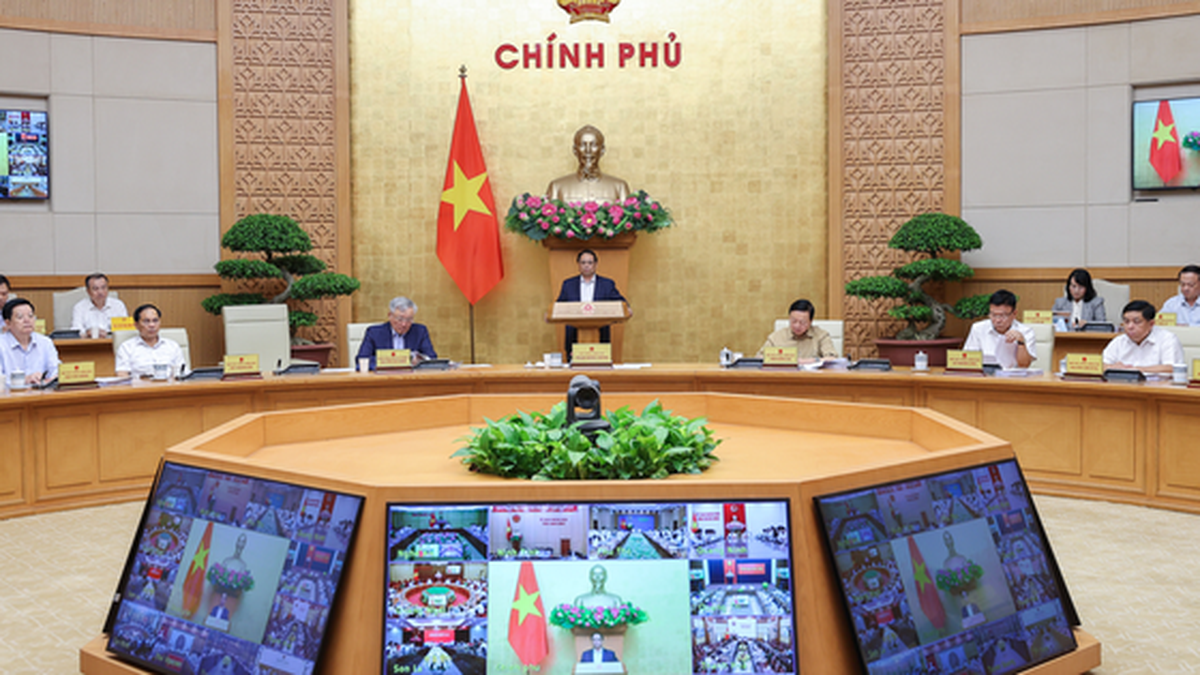
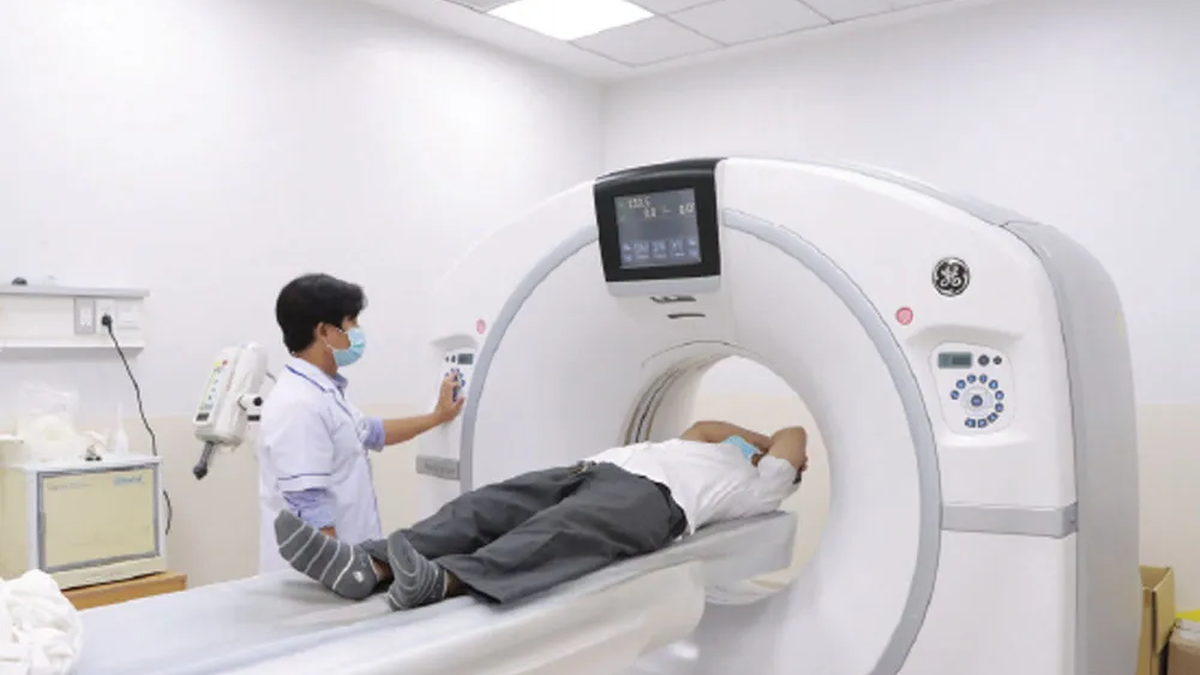
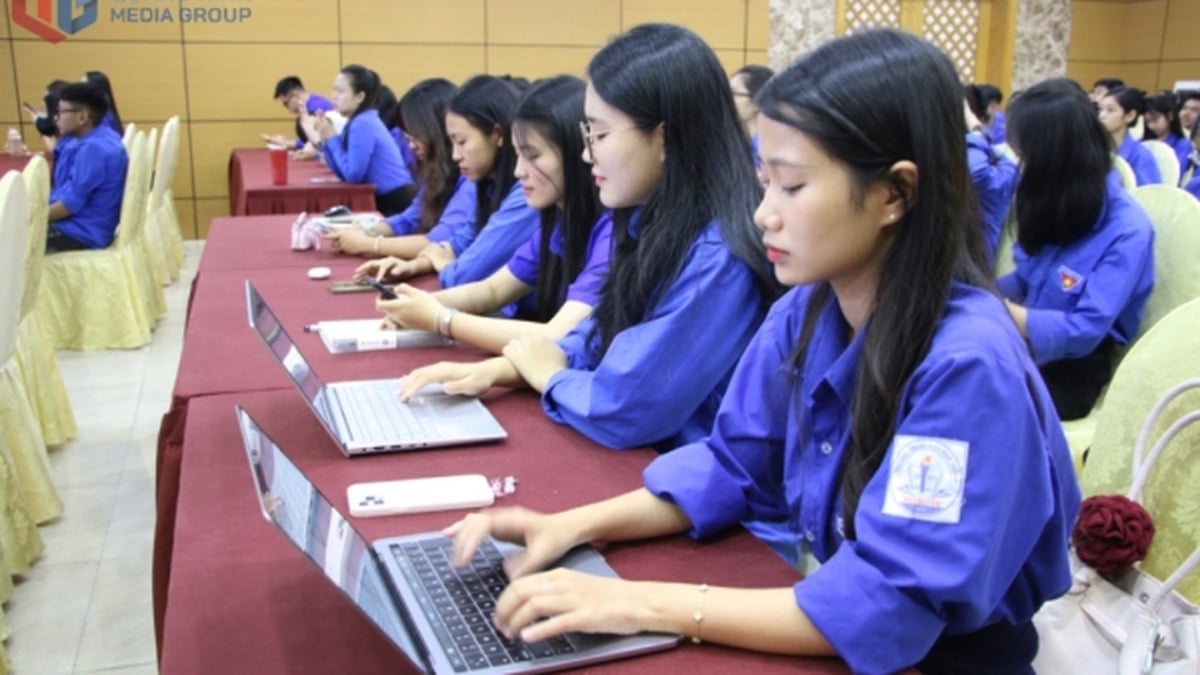
























![[Photo] Gia Lai provincial leaders offer flowers at Uncle Ho's Monument with the ethnic groups of the Central Highlands](https://vphoto.vietnam.vn/thumb/1200x675/vietnam/resource/IMAGE/2025/7/9/196438801da24b3cb6158d0501984818)










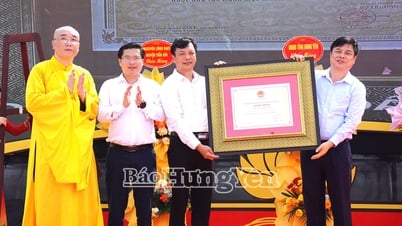



















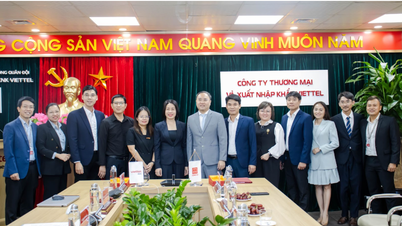
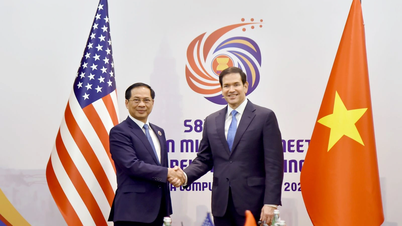
![[Infographic] Parade program to celebrate the 80th anniversary of August Revolution and National Day September 2](https://vphoto.vietnam.vn/thumb/402x226/vietnam/resource/IMAGE/2025/7/12/3bf801e3380e4011b7b2c9d52b238297)










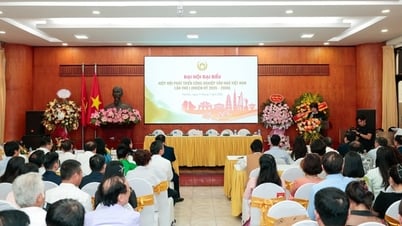

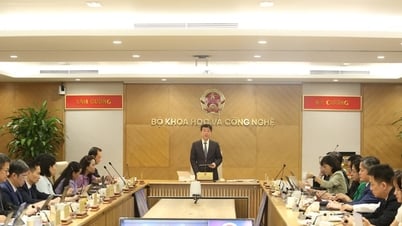
























Comment (0)